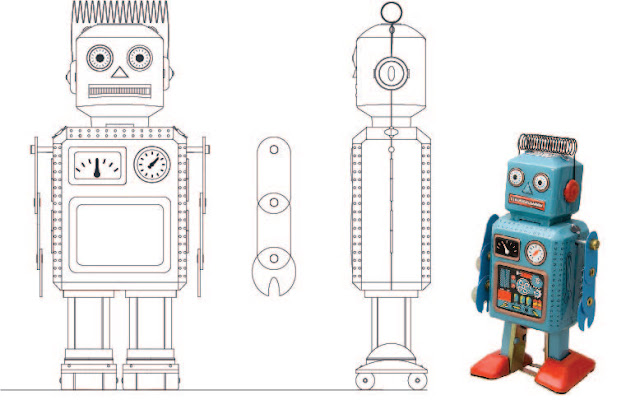So we've begun the production modeling for the Going Live project and it's back into Maya for me!
This time round it's been much easier to get to grips with the 3D model - and, although, still slow, I am definitely getting faster with the modeling...
We had a great success yesterday with Photogrammetry in the 3D make lab.
This is my first encounter with Photogrammetry and I googled what exactly it is!
It's the science of making measurements from photographs - the output of which is typically a map, drawing or in our case a 3D model of He-Man's head!
One of our team, Aimi, is super fast in modelling and has already created the model head for our He-Man toy.
However, using a real He-Man toy and Photogrammetry provides us with is a great tool, to ensure that we create a toy which is as close to the real thing as possible...
My ebay Trolls are on their way, so we can use this Photogrammetry method to capture the Troll head information, which is proving to be very challenging already!
He-Man head, captured by Photogrammetry.
My Ebay Trolls have been dispatched - so we'll try scanning the Trolls and seeing


















